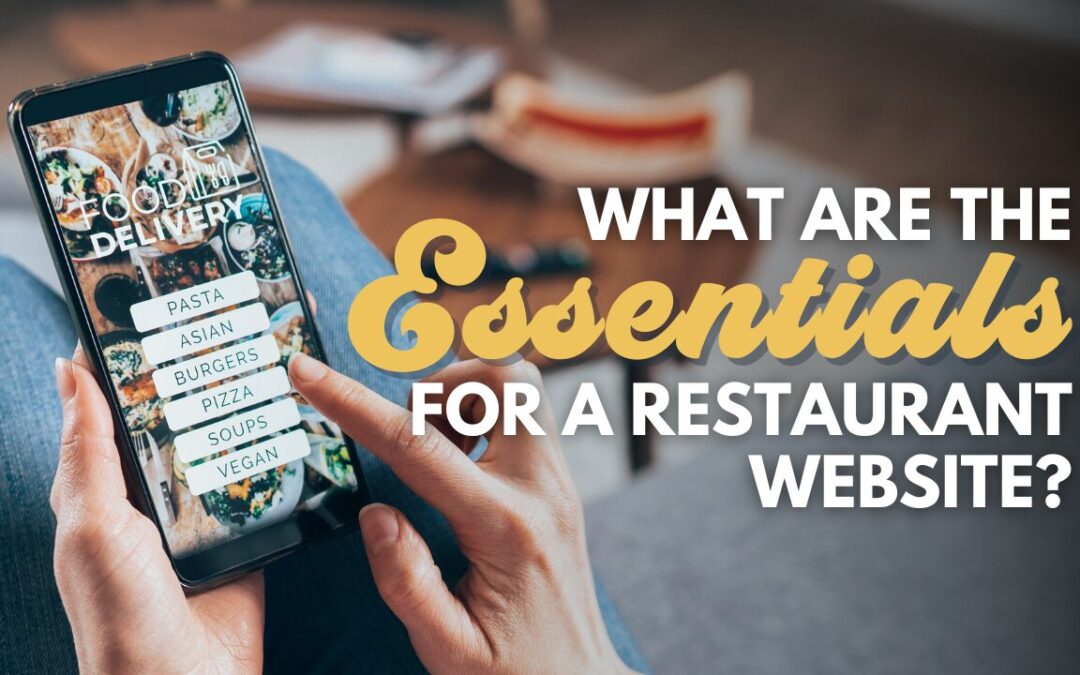 We all want a huge following and high engagement rate. so- How do you go about achieving it?
We all want a huge following and high engagement rate. so- How do you go about achieving it?
First, you need to determine WHO you are trying to reach. Is your audience Millennial women with a high income living downtown and interested in fashion? Are they Gen-X men living in the suburbs with a mid-grade income interested in sports? Perhaps they are elderly members living in retirement communities? With a good social media strategy, you can pinpoint the ideal client for your business and increase exposure to that niche of people. Pinpointing this niche will also affect your next decision: which social media platforms to use.
1. FIGURE OUT THE CORRECT social media Platforms
Specific people prefer specific social media platforms, mostly depending on their interests and age. Determining WHERE to post on the internet depends on the clients your business wishes to reach.
The following statistics are sourced from the Pew Research Center.
Instagram:
71% of all all Americans aged 18-29, and 48% of those aged 30-49 have used Instagram at some point. The app has a strong following among young adults with a moderately even gender distribution. The app is also significantly more popular with Black and Hispanic Americans, compared to White Americans.
Twitter:
Similar to Tiktok, this platform is extremely popular with Americans age 18-29, with 42% of them using the app. Twitter users are also typically college graduates that make over $75k a year. Most people on Twitter use the app to be updated on the news, or read funny blurbs or photos.
LinkedIn:
Most users are over the age of 35 and are college graduates in professional jobs. According to the study mentioned previously, “Roughly half of adults who have a bachelor’s or advanced degree (51%) use LinkedIn”. “Those with some college experience (28%) and those with a high school diploma or less (10%)” use LinkedIn much less. The app itself is mostly used by businessmen who make over $75,000 a year.
Facebook:
69% of adults in America have used Facebook, and the app has an almost perfectly even spread of users across ages of 18-64. Americans over the age of 65 use Facebook the most out of all social media apps. It has the most active users of any other social media site; however, the app is actually capping out in popularity. Since 2016, the app has had a steady 66-69% of Americans claim usage. Compared to other social medias like Instagram, which has grown 12% since 2016, Facebook has barely grown at all.
Tiktok:
If your business is trying to target Gen-Z and younger Millennials, TikTok is where to go. 48% of Americans age 18-29 have used Tiktok before. It is the 5th most popular social media among Americans in this age group. This app is strictly video content but can grow your engagement and following overnight if you play the algorithm right.
2. Now that you’ve determined your platforms, it’s time to talk content.
content.
Video content is WHAT you should post, as it’s growing rapidly on all platforms.
In fact, Instagram announced that they are prioritizing video content in their update, including a boost on Reels videos.
Use this push on video content if you want to boost your engagement. On Instagram, the most effective content is Reels, Stories, and IGTV for video. When posting photos or graphics, try to make informative and educational carousel posts including inspirational messages. On the app, you can share videos, pictures, and even go LIVE!
Twitter is used for posting pictures, graphics, videos, and links. The most effective content to post is links to your blogs and sites, as well as important news blasts.
Consider posting news blasts or important announcements in a video-format to grab clients’ attention. Users are more likely to click on and interact with video compared to any other content type. While Twitter’s algorithm does place emphasis on video and links, businesses’ responses to customers’ posts are just as important as posts themselves because clients love to be engaged instead of advertised to. Many companies have gone viral for commenting on consumers’ tweets towards them. A witty remark will go a long way for Millennials, and it creates a strong sense of customer loyalty, so don´t be afraid to use humor! For example, Wendy’s Twitter manager answered “Out” to another Twitter user asking “Going to In n Out what should I get?”
As previously mentioned, LinkedIn content tends to be tightly professional.
Users can share pictures, videos, and links on the app, but the best content to share is company news and updates. Users come to LinkedIn to find jobs, find employees, or stay updated on company news, so give your target market the content they signed up for! LinkedIn also pushes video content, so next time you post a job offering or company update, have it animated, add gifs, or simply film a video instead.
Facebook users can share links, videos, pictures, live videos, and much more, making it the most diverse platform in terms of content.
The best way to reach your followers here is through video content, blog posts, and informative/attention-grabbing links. As Facebook continues their rebranding journey into Meta, they will focus on more video content, specifically interactive and 360-video in the future. For now, the algorithm still rewards live videos and reels with high engagement.
Overall, while every platform is different, and are all capable of sharing different content, video is trending upward everywhere, because followers find it most engaging, helpful, and informational.
In fact, according to a study on the State of Video Marketing by the Wyzowl Research Center, “Marketers feel more positive about the return on investment offered by video than ever, as it continues to strongly influence traffic, leads, sales, and audience understanding.”
3. Be sure to stay on schedule!
The WHEN of social media posting is just as important as the Who, Where, and What.
Every social media site’s algorithm will reward you for posting frequently, and during times your followers are most active. Posting frequency is different and depends on many factors. The most important thing is to create a schedule that you can be consistent with to get out quality content.
A study by the LaterBlog on 81,000 Instagram posts reveled that for accounts with less than a thousand followers, “posting 14 times per week delivers the highest reach and engagement rate per post”.
For accounts with 1-250k followers, 14-20 posts will give maximum results, whereas for accounts with more than 250k followers, “posting only once per week” is the best strategy. If you have a smaller account, and creating and editing two posts per day seems like too much, you can post weekly instead, but it will not yield maximum results.
For Twitter, posting amounts are widely arguable. Some accounts tweet once a day and others tweet 50 times.
If you’ve just started posting recently, post three times every day at minimum, then try to steadily increase it to 15 to 30 times a day. Louise Myers found that “the most followed Twitter accounts averaged 23 tweets a day, with no decline in followers as tweet counts rose” This high posting rate on Twitter is mostly due to the fact that posts do not stay on users main pages for long, so you must post frequently to stay on users feed’s.
LinkedIn has a much slower rate of posting compared to Twitter or Instagram, with an optimal posting amount of 20 times per month.
According to kennected.org, posting 20 times a month, or at least once a day will “help you reach 60 of your followers”. Because most LinkedIn users are businessmen, they mostly check their social medias in the early morning, which means you should post between 5am and 7am to optimize your views.
All Facebook accounts, save for those with over 10,000 followers, see a significant decrease in clicks per post the more they post each month.
Lindsay Kolowich suggests not to “overwhelm your customers with content on Facebook, and be selective about what you’re publishing” That being said, you should post between 5 and 15 times each month, or 1-3 times each week.
Once you have decided when and how often to post, create a schedule that you can be consistent with to get out quality content. The quality of the content matters more than the frequency of your posts and your followers will usually prefer a well-thought-out post over a ridiculous amount of filler posts, so if you can’t get the content you need for your posts or if the content isn’t relevant to your audience, it can cause frustration and burnout for you and create disinterest in your audience.
Conversely, if you only post once a month your audience may forget about you. And the algorithm will “punish” you for not posting regularly.
When it comes to timing, posting time on social media always requires some trial and error to figure out what works best for your brand. Are they online mainly in the early morning before work? On their lunch break? Analytics will give you this information.
When considering your social media strategy, Start with the WHO (your audience), WHERE (which social media accounts to post to), WHAT (your content), and WHEN (posting frequency), while keeping in mind your WHY (your business’s goal). Always remember the reason behind your marketing strategy in order to create cohesive and compelling social media accounts that can achieve your business goals.


 We all want a huge following and high engagement rate. so- How do you go about
We all want a huge following and high engagement rate. so- How do you go about 

 content.
content. 


